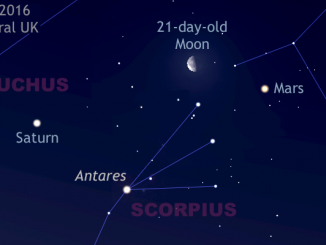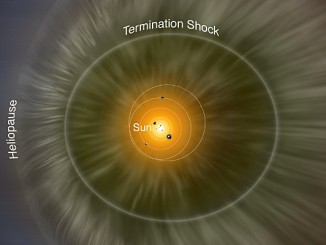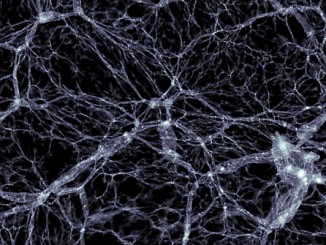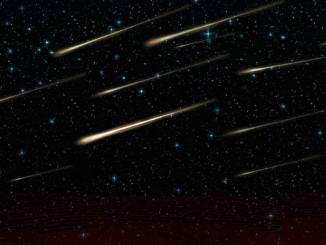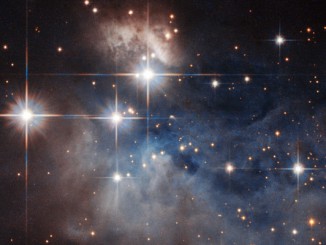
Hubble reveals chemical fingerprint of emission-line star
Showcased at the centre of this NASA/ESA Hubble Space Telescope image is an emission-line star known as IRAS 12196-6300 that lies some 2,300 light-years from Earth in the southern constellation of Crux. Under 10 million years old and not yet burning hydrogen at its core — unlike the Sun — this star is still in its infancy.


